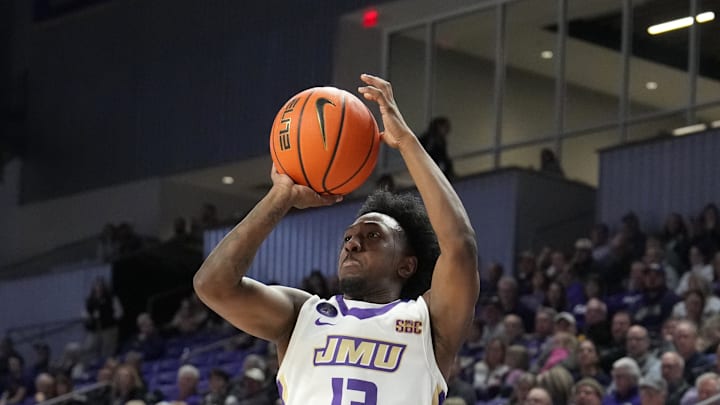Let's first look at the history of certain Mid-Major teams winning games in the NCAA Tournament.
The NCAA Tournament, also known as March Madness, is famous for its Cinderella stories. These are the moments when underdog teams, typically from mid-major conferences, pull off surprising upsets against heavily favored powerhouses. Here's a breakdown of how this became a tradition:
Recent examples of Mid-Major success in the NCAA Tournament:.
*2018 Loyola-Chicago: The Ramblers, an 11-seed, captured hearts with their exciting run to the Final Four.
*2023 Saint Peter's: This small New Jersey school became the darling of the tournament, reaching the Sweet Sixteen as a 15-seed.
Let's take a brief look at the history of Mid-Major teams who were lower seeds and defeated higher seeds in the NCAA Tournament.
No. 16 seeds defeating No. 1 seeds in the NCAA Tournament is rare, but also incredibly exciting. It's a story of just two upsets, both monumental in their own right.
- 2018: The first time lightning struck was in 2018. The University of Maryland, Baltimore County (UMBC) Retrievers, a school with a total enrollment of around 14,000 students, shocked the college basketball world by defeating the overall No. 1 seed Virginia Cavaliers by a score of 74-54. This victory remains the biggest upset in NCAA Tournament history.
- 2023: Just five years later, history repeated itself. The Fairleigh Dickinson Knights, another underdog school, took down the No. 1 seed Purdue Boilermakers 63-58. This win became the second instance of a No. 16 seed defeating a No. 1 seed.
Here are the No. 15 seeds who defeated a No. 2 seed in the NCAA Tournament since 1997.
- 1997: Coppin State defeated South Carolina
- 2001: Hampton defeated Iowa State
- 2012: Norfolk State defeated Missouri
- 2012: Lehigh defeated Duke
- 2013: Florida Gulf Coast defeated Georgetown
- 2016: Middle Tennessee State defeated Michigan State
- 2021: Oral Roberts defeated Ohio State (OT)
- 2022: St. Peter's defeated Kentucky
- 2023: Princeton defeated Arizona
Let's look at the No. 14 seeds who defeated a No. 3 seed in the NCAA Tournament since 2005.
*2005 Bucknell defeated Kansas
*2006 Northwestern State defeated Iowa
*2010 Ohio defeated Georgetown
*2013 Harvard defeated New Mexico
*2014 Mercer defeated Duke
*2015 UAB defeated Iowa State
*2015 Georgia State defeated Baylor
*2016 Stephen F. Austin defeated West Virginia
*2021 Abilene Christian defeated Texas
There are a few reasons why mid-majors can succeed in the NCAA Tournament:
- Strong Coaching and Upsets: Mid-major programs often have excellent coaches who can exploit weaknesses in favored teams. Upsets can happen when a team is well-prepared and executes their game plan.
- Tournament Experience: Many mid-major players have experience in their conference tournaments, which can translate to success in March Madness.
- Motivation and Focus: Underdog teams often play with a chip on their shoulder, proving they belong and fighting for respect.
The Allure of the meaning of being called a "Cinderella" team: Cinderella stories resonate with fans because they represent the thrill of the underdog prevailing. They remind us that anything is possible in March Madness, and that's a big part of what makes the tournament so exciting.
Now let's take a closer look at some highlighted mid-major teams who can win a game or two potentially in the NCAA Tournament this year.
